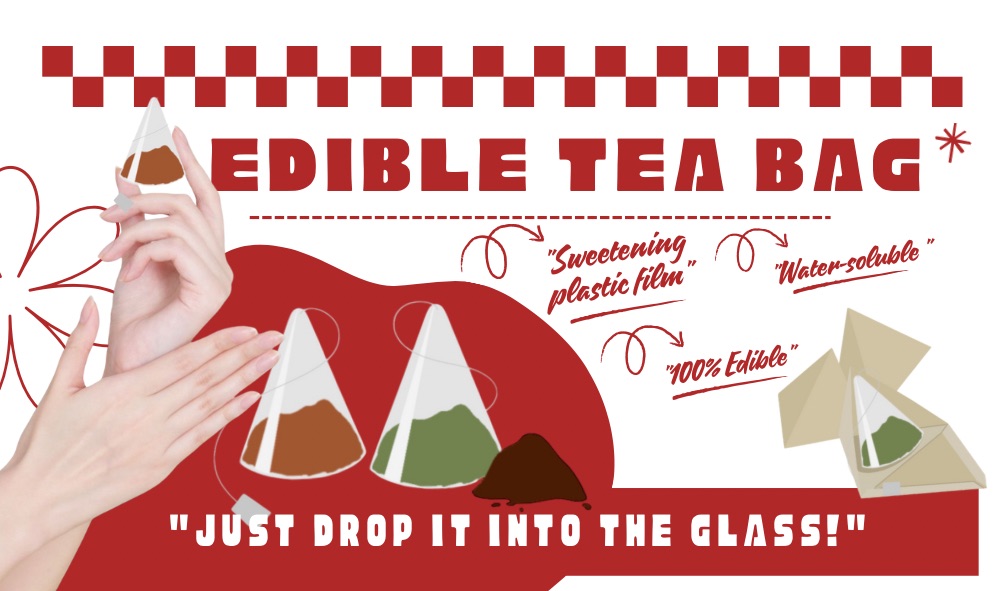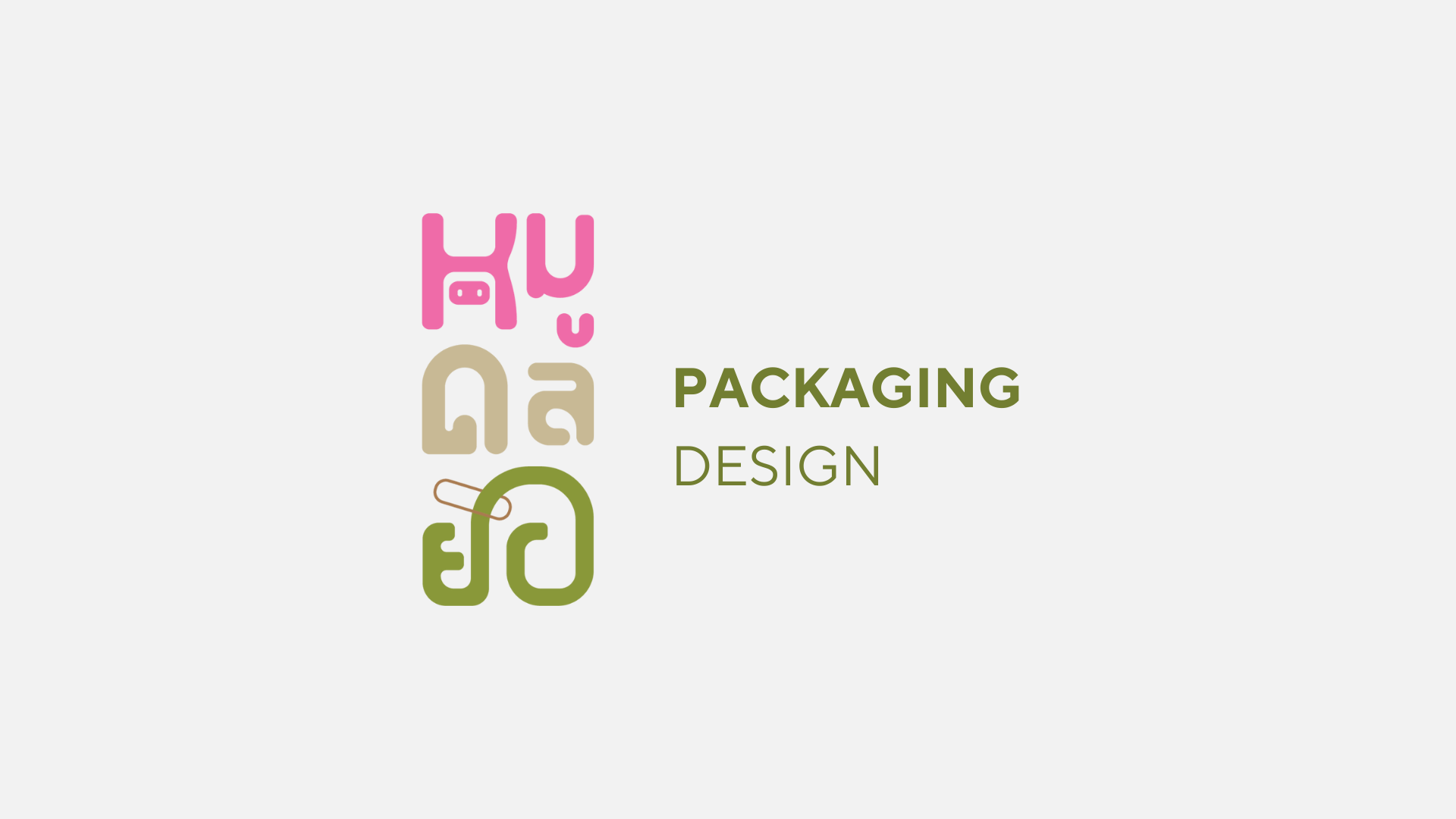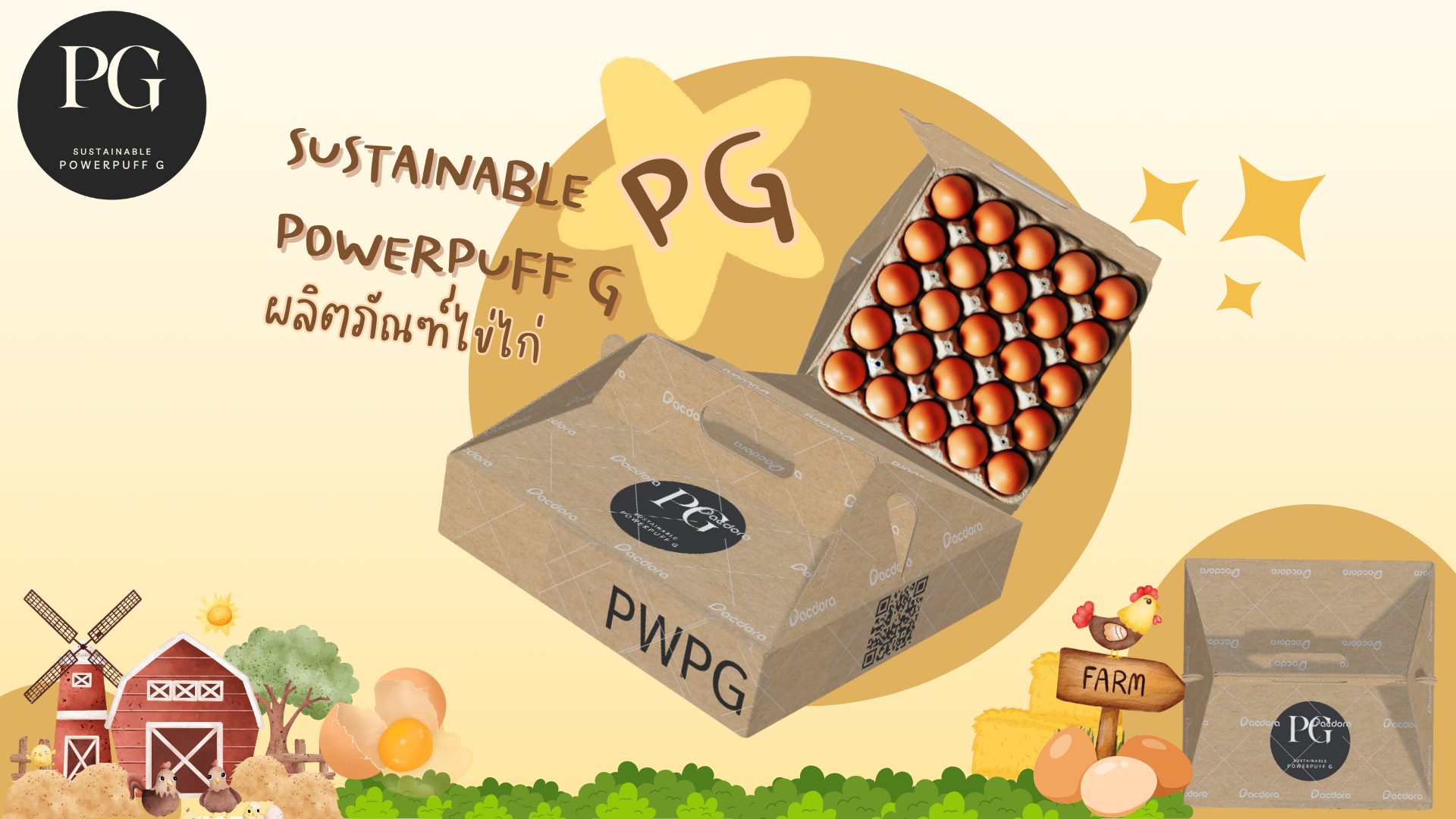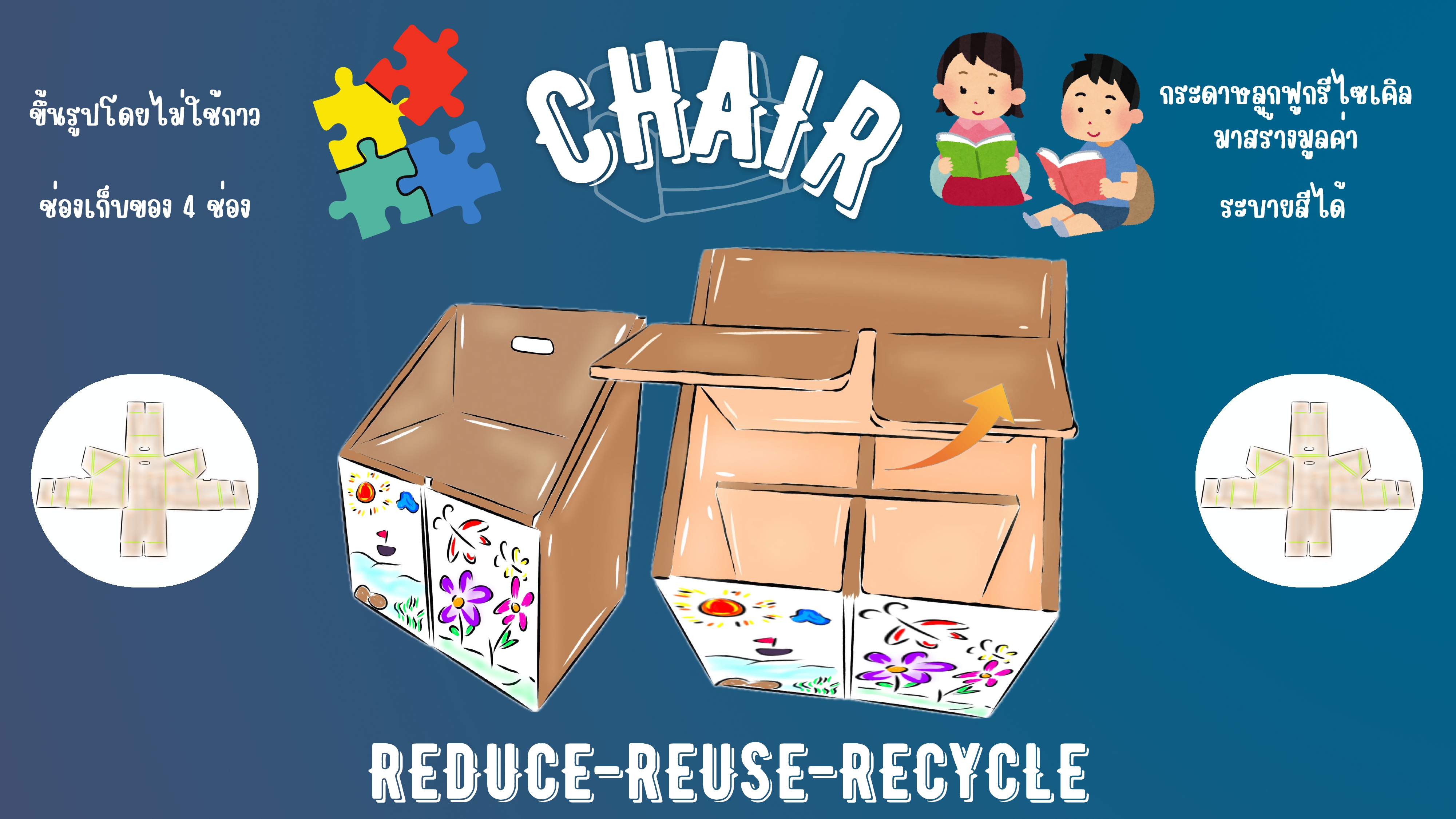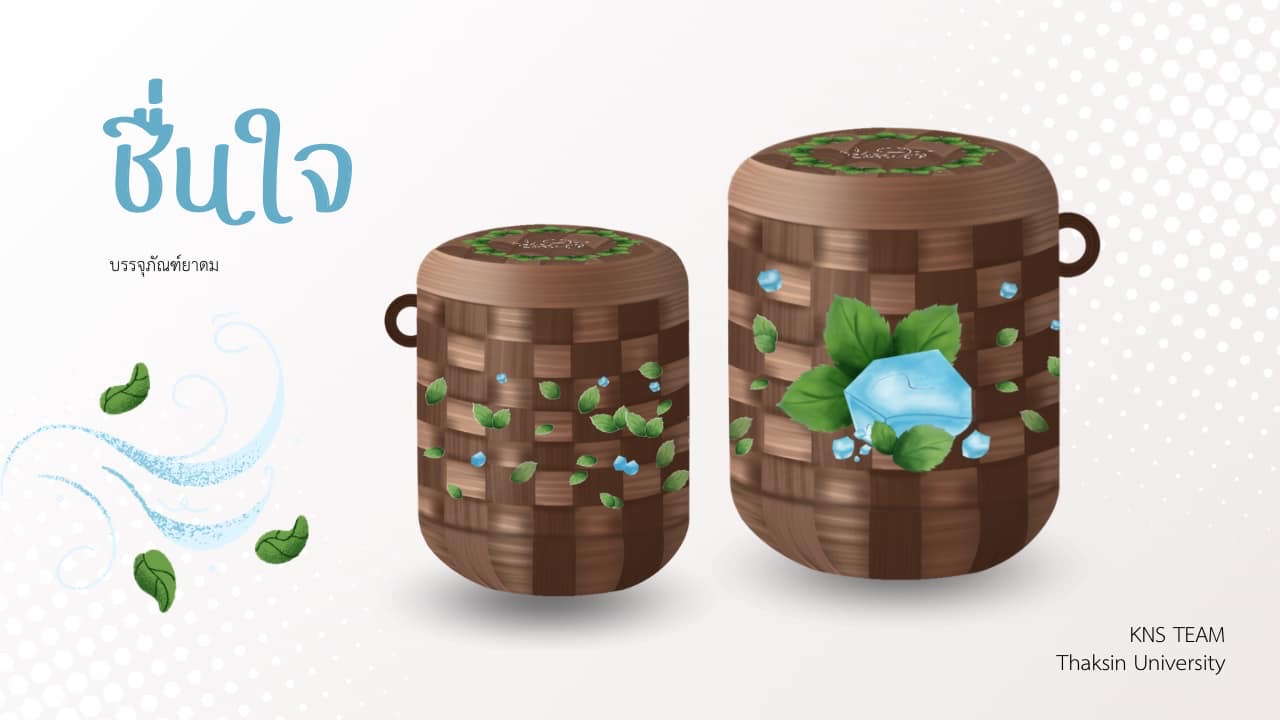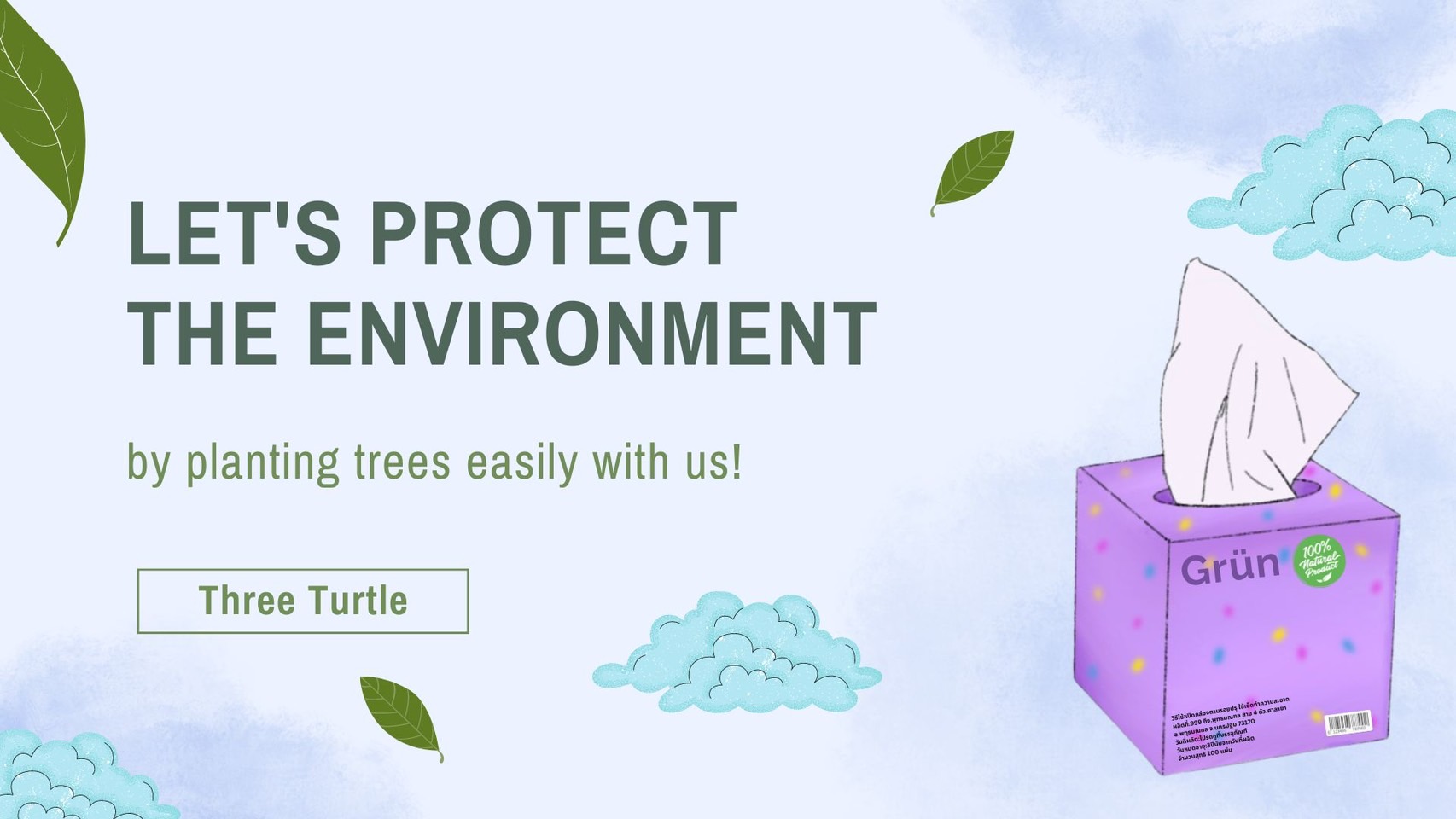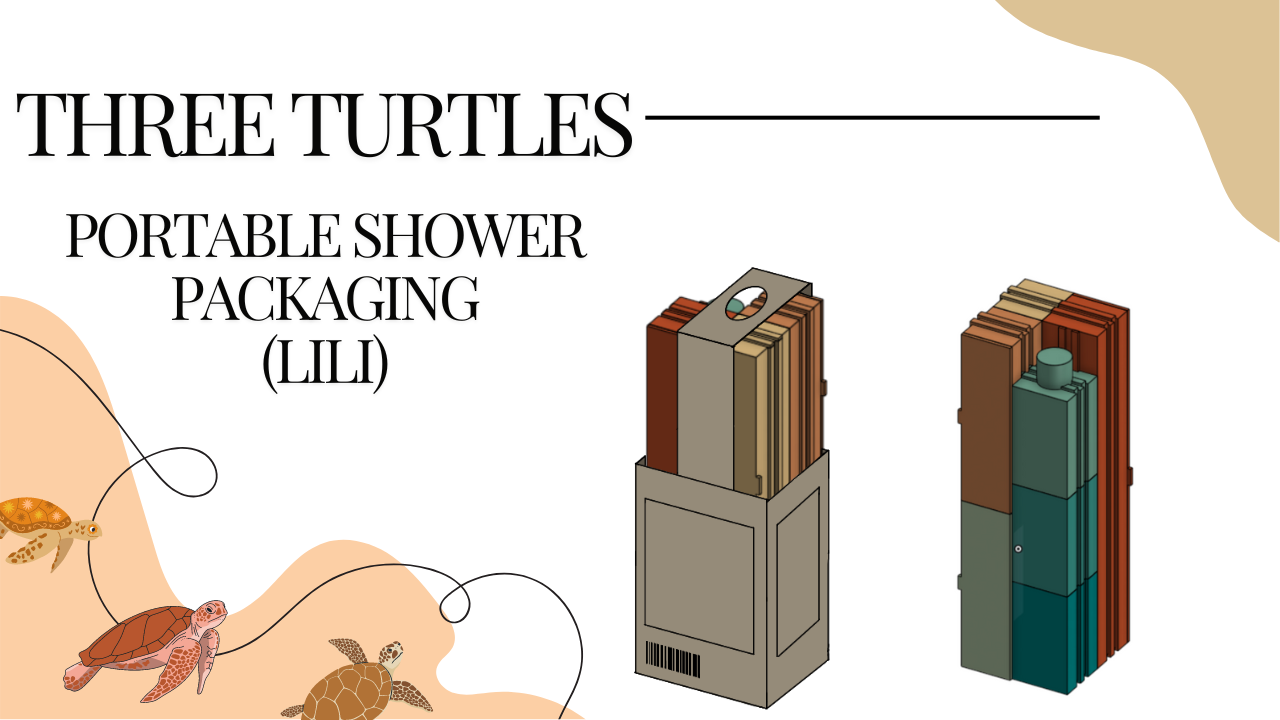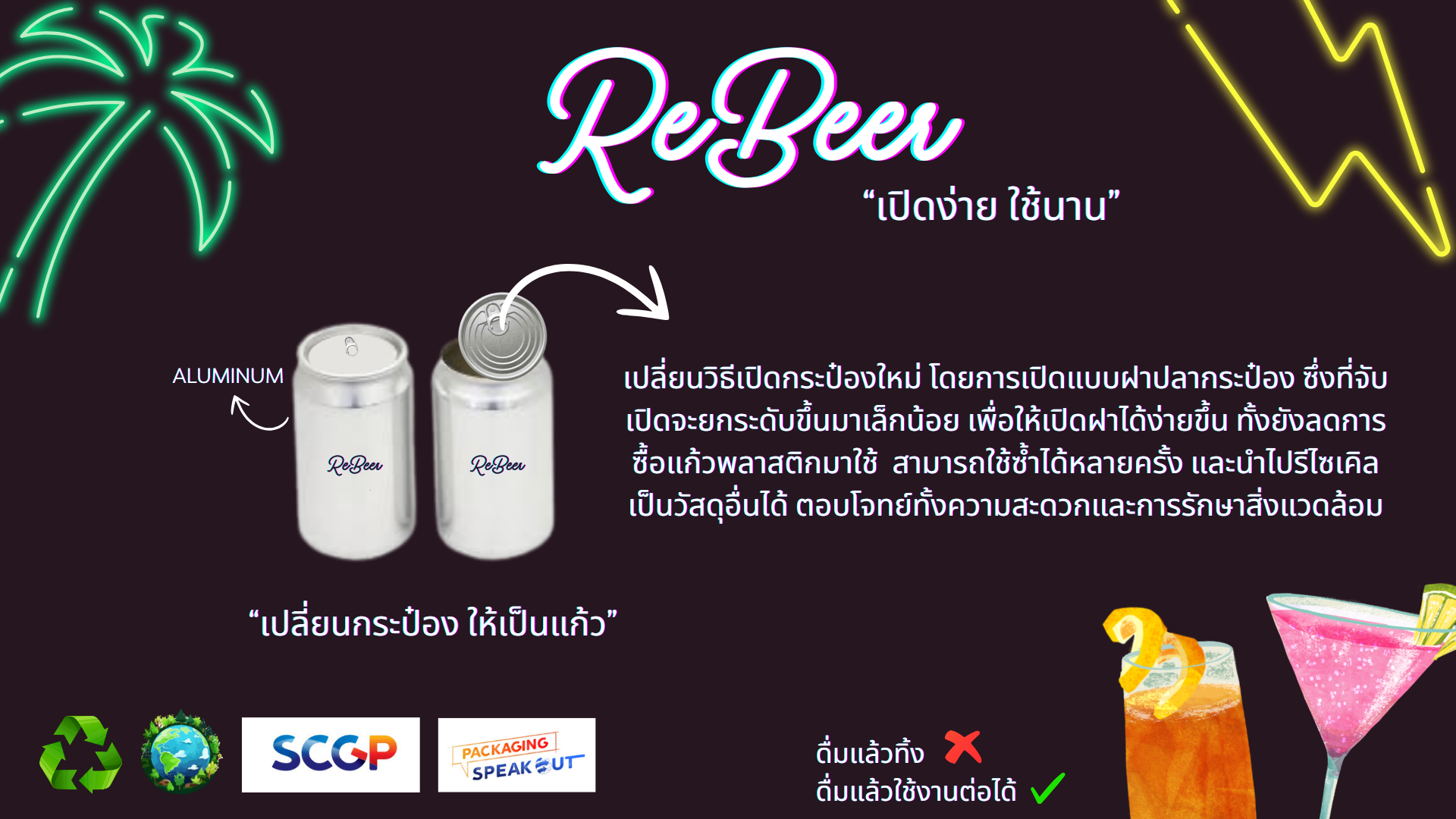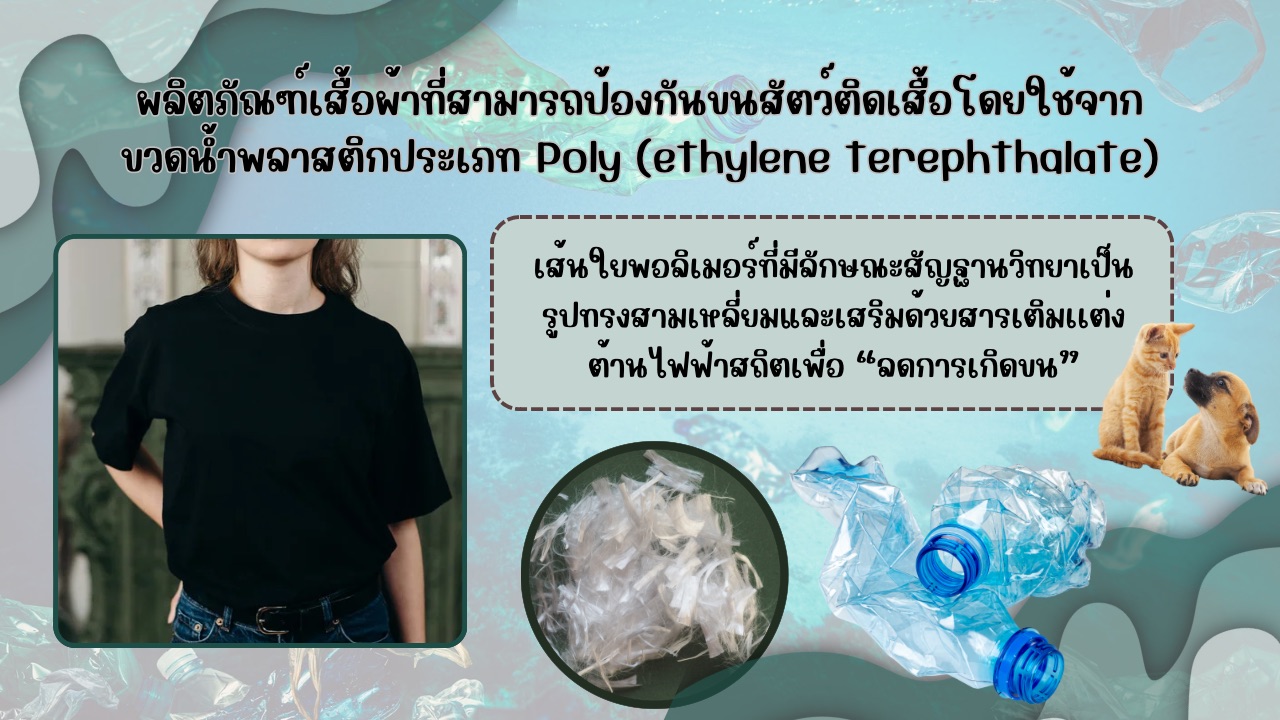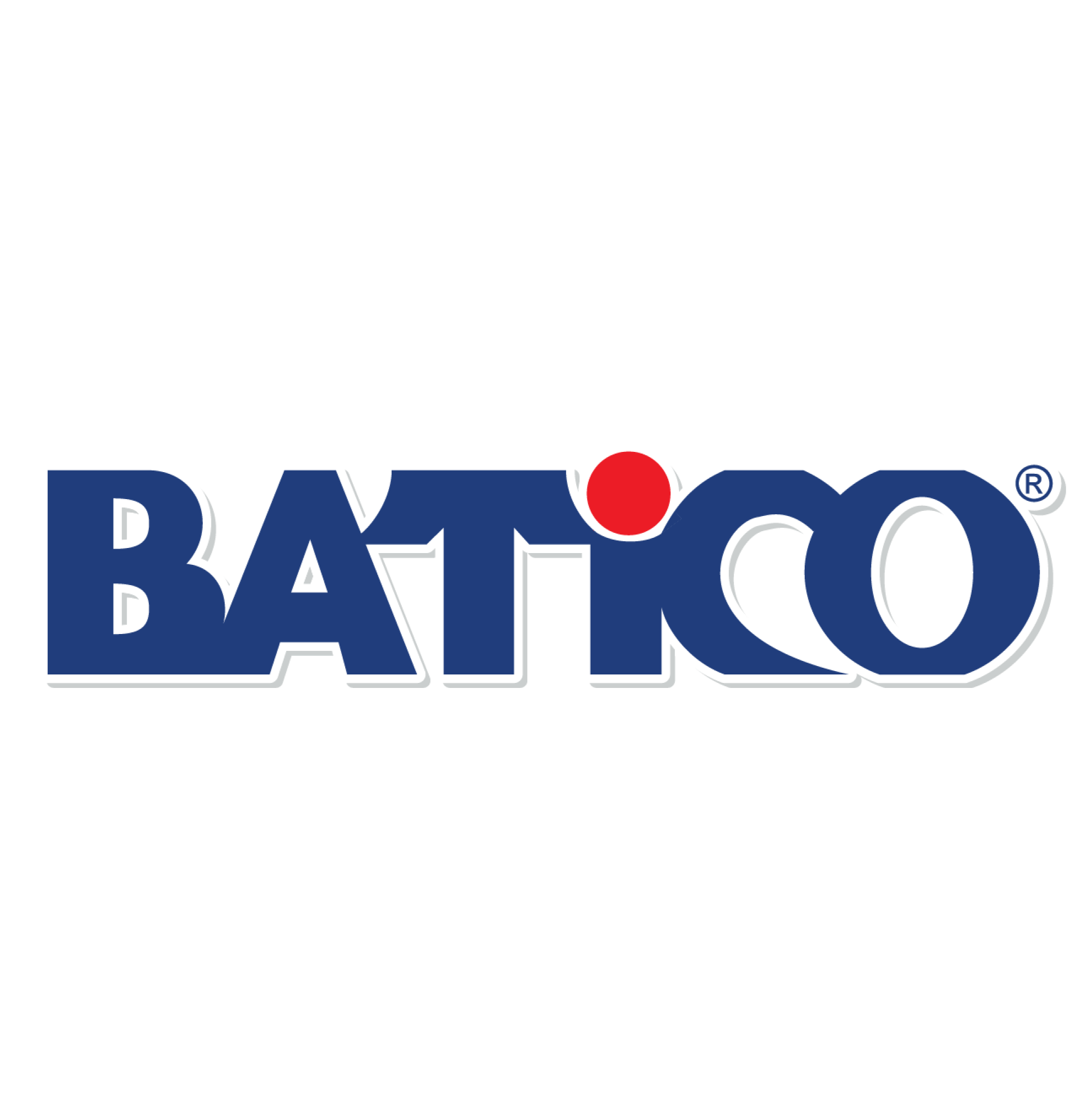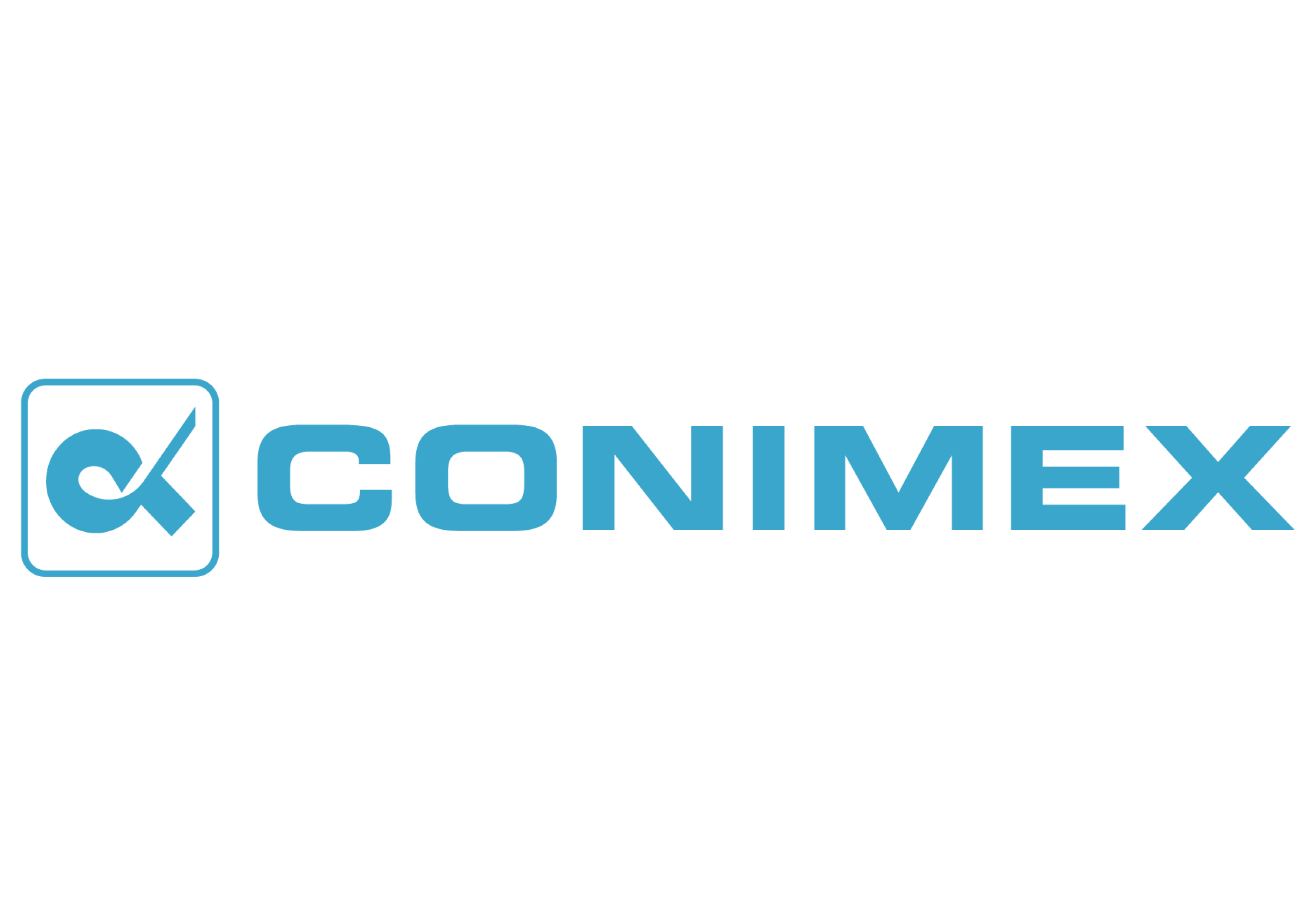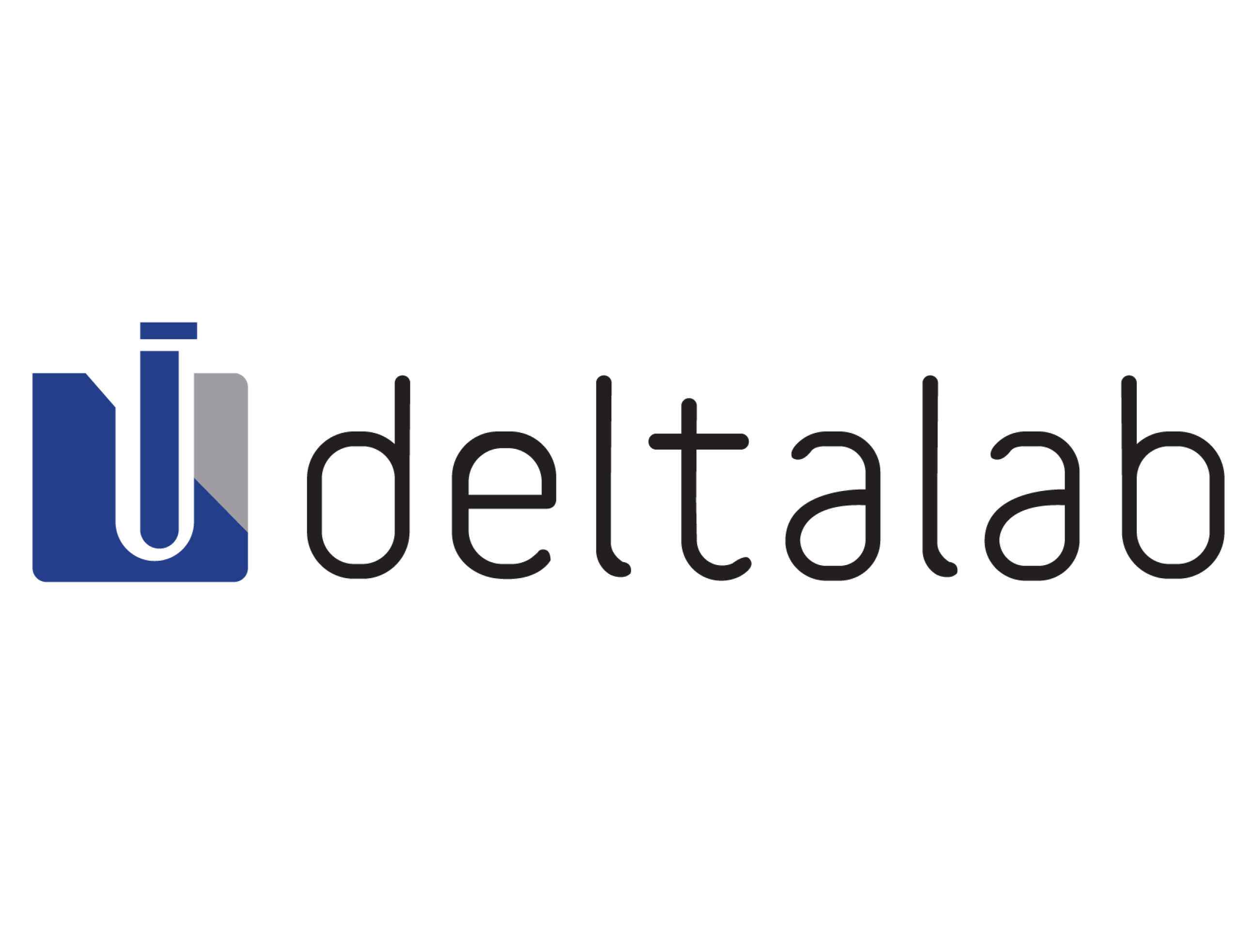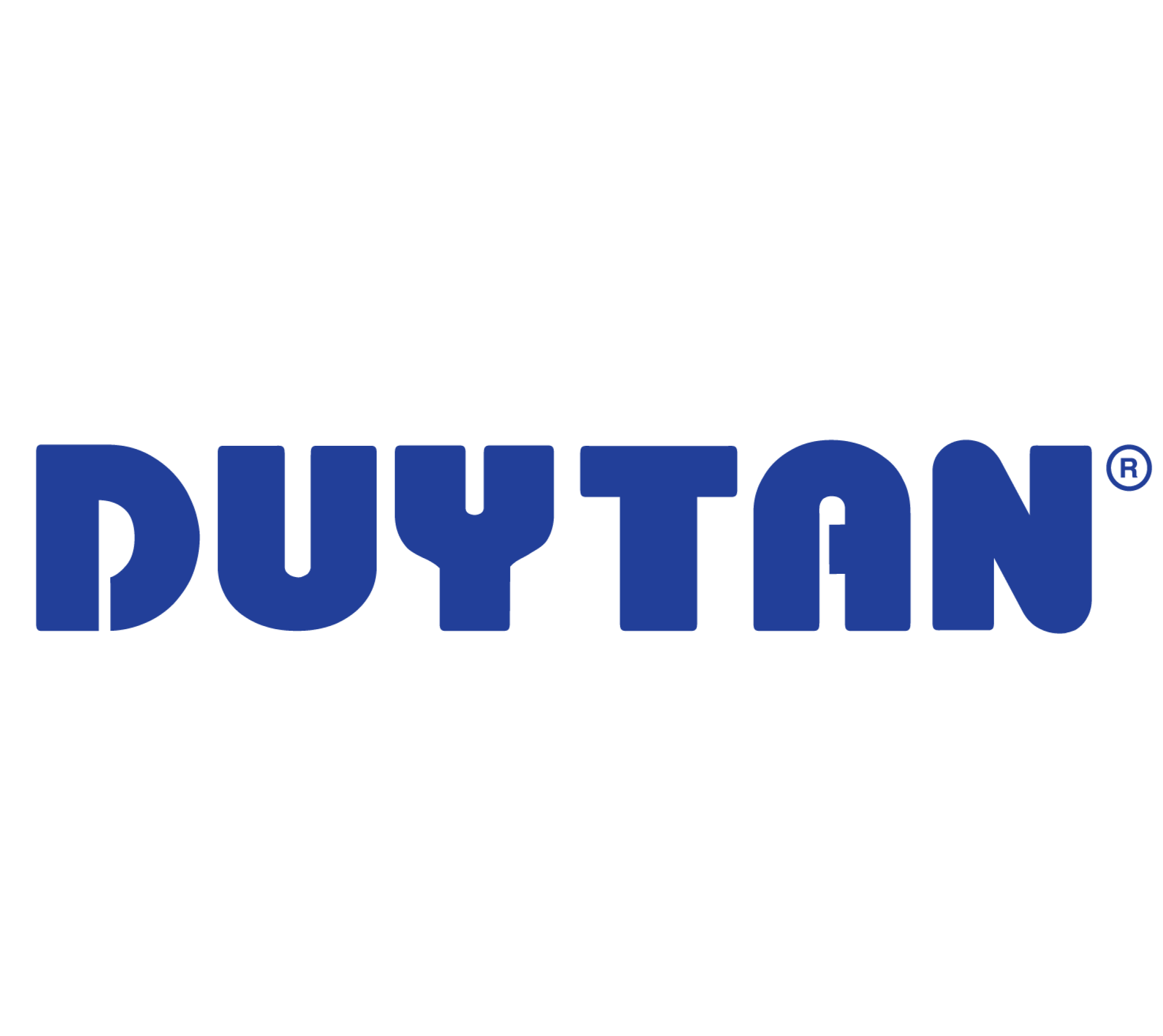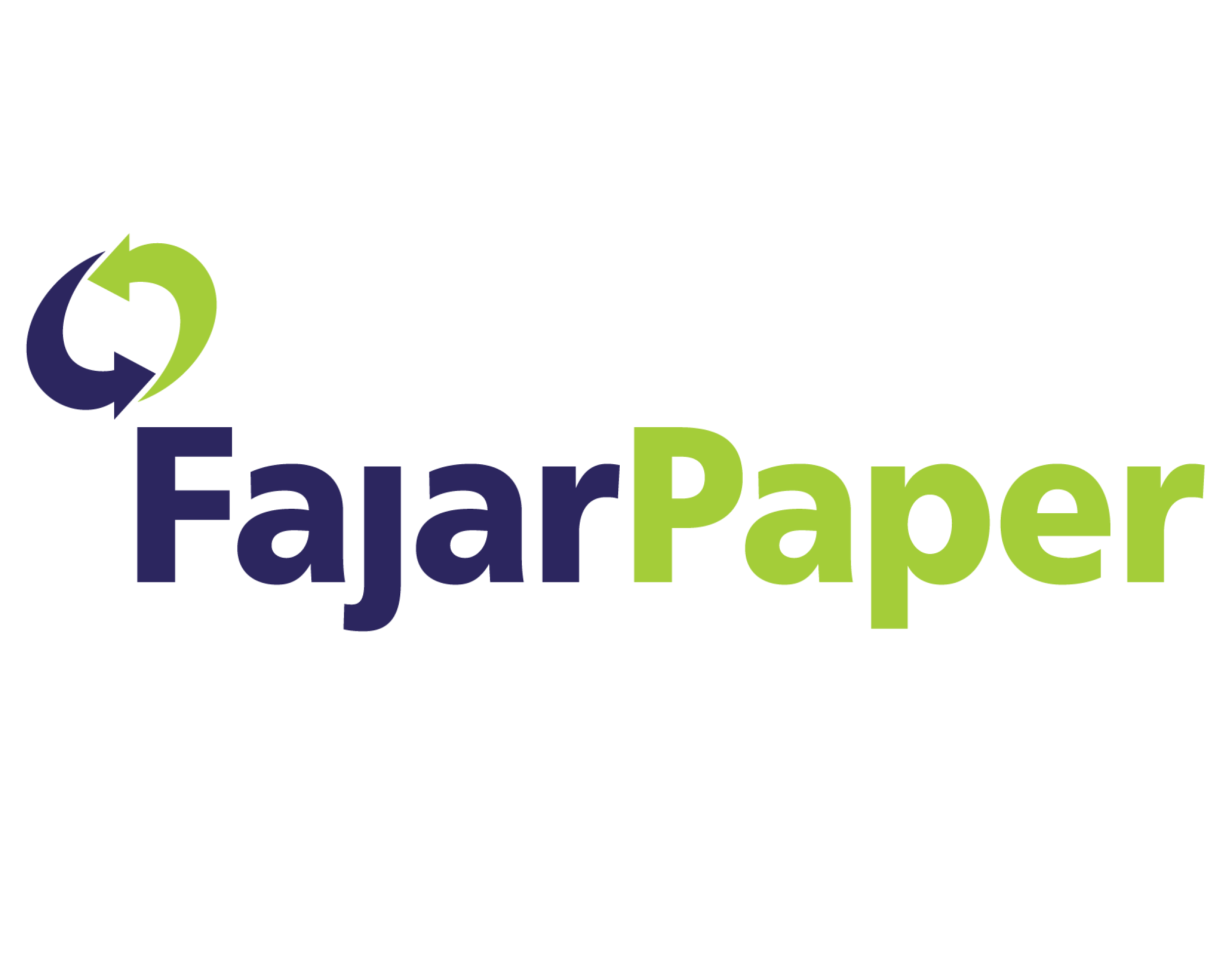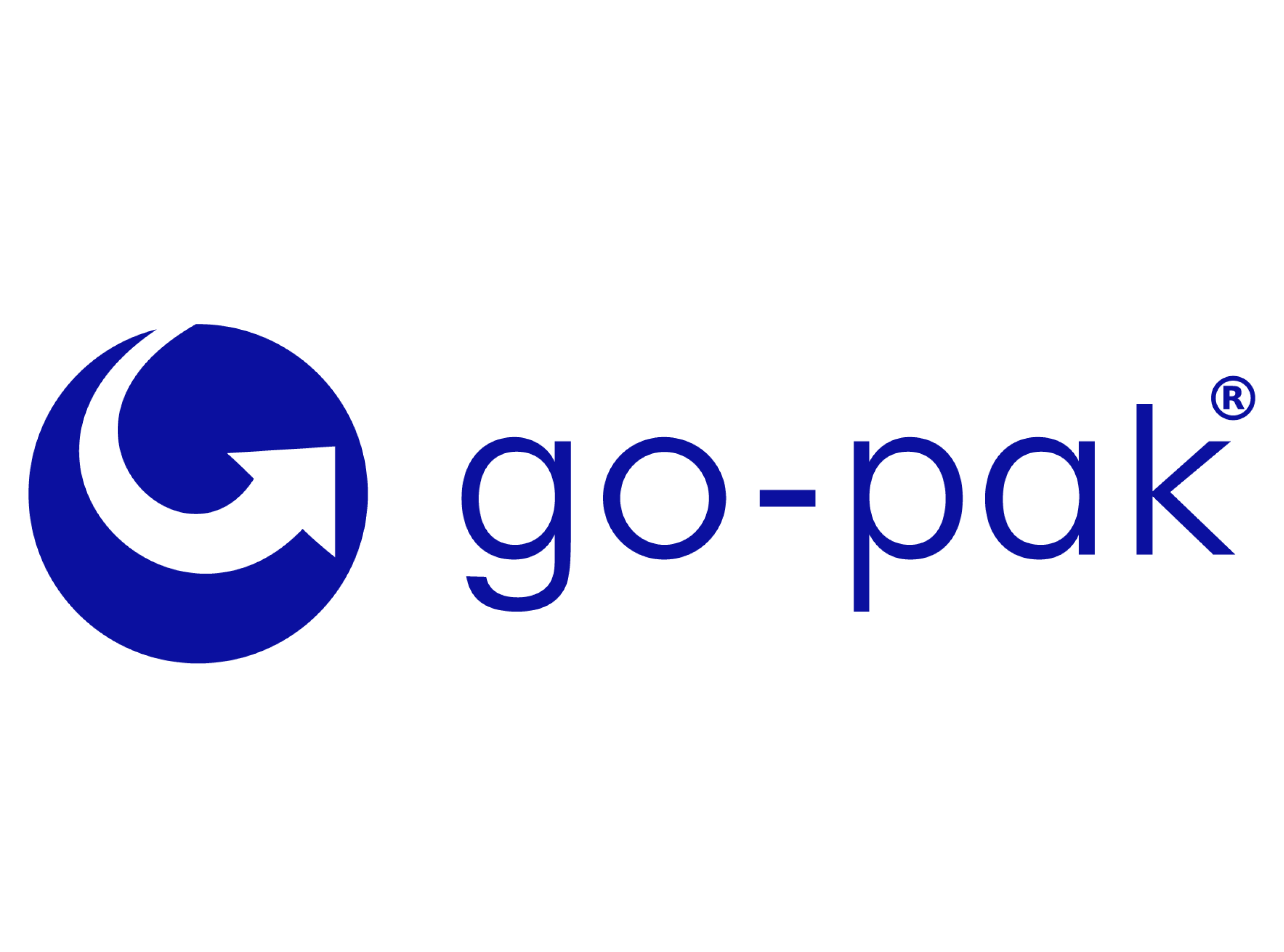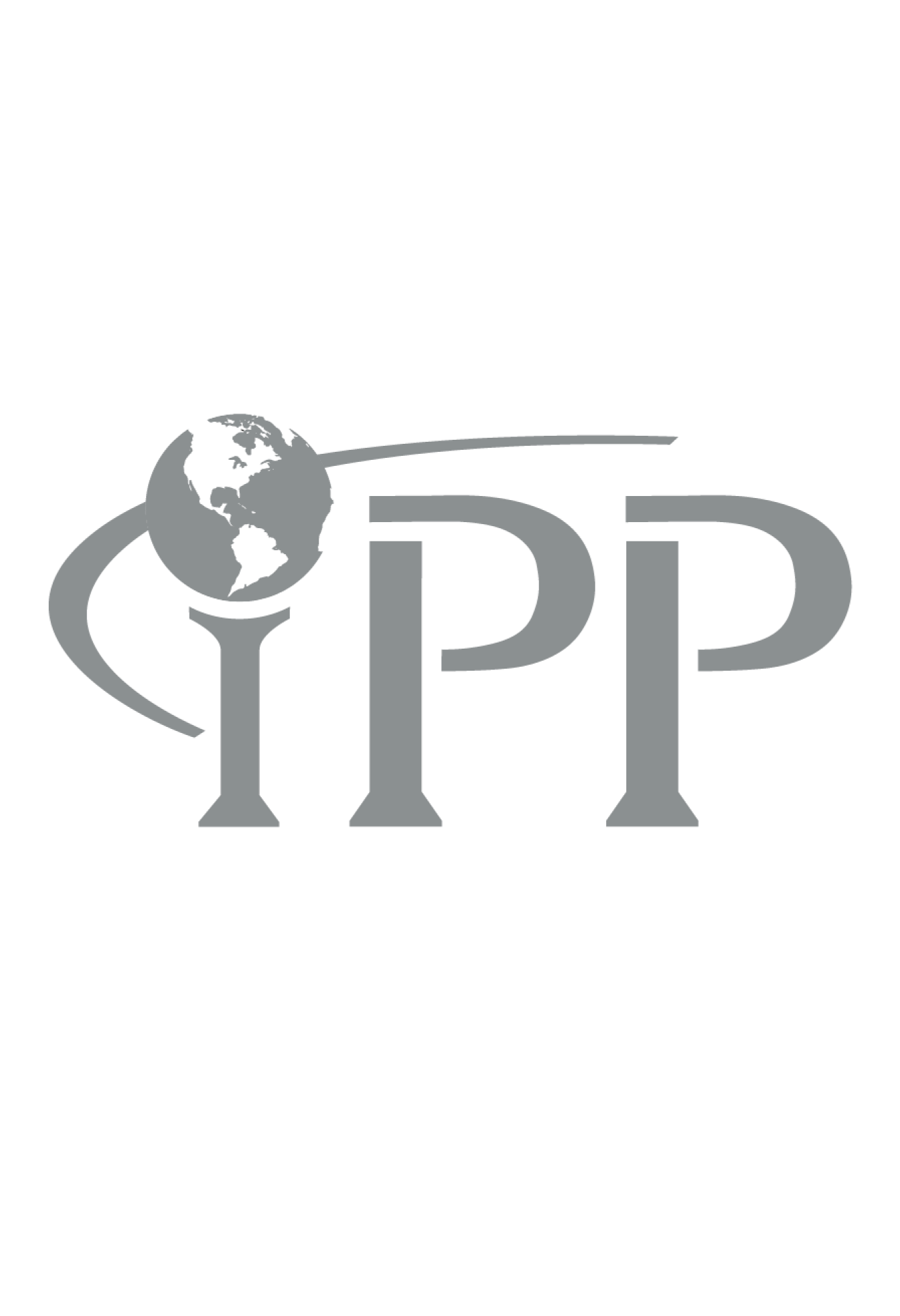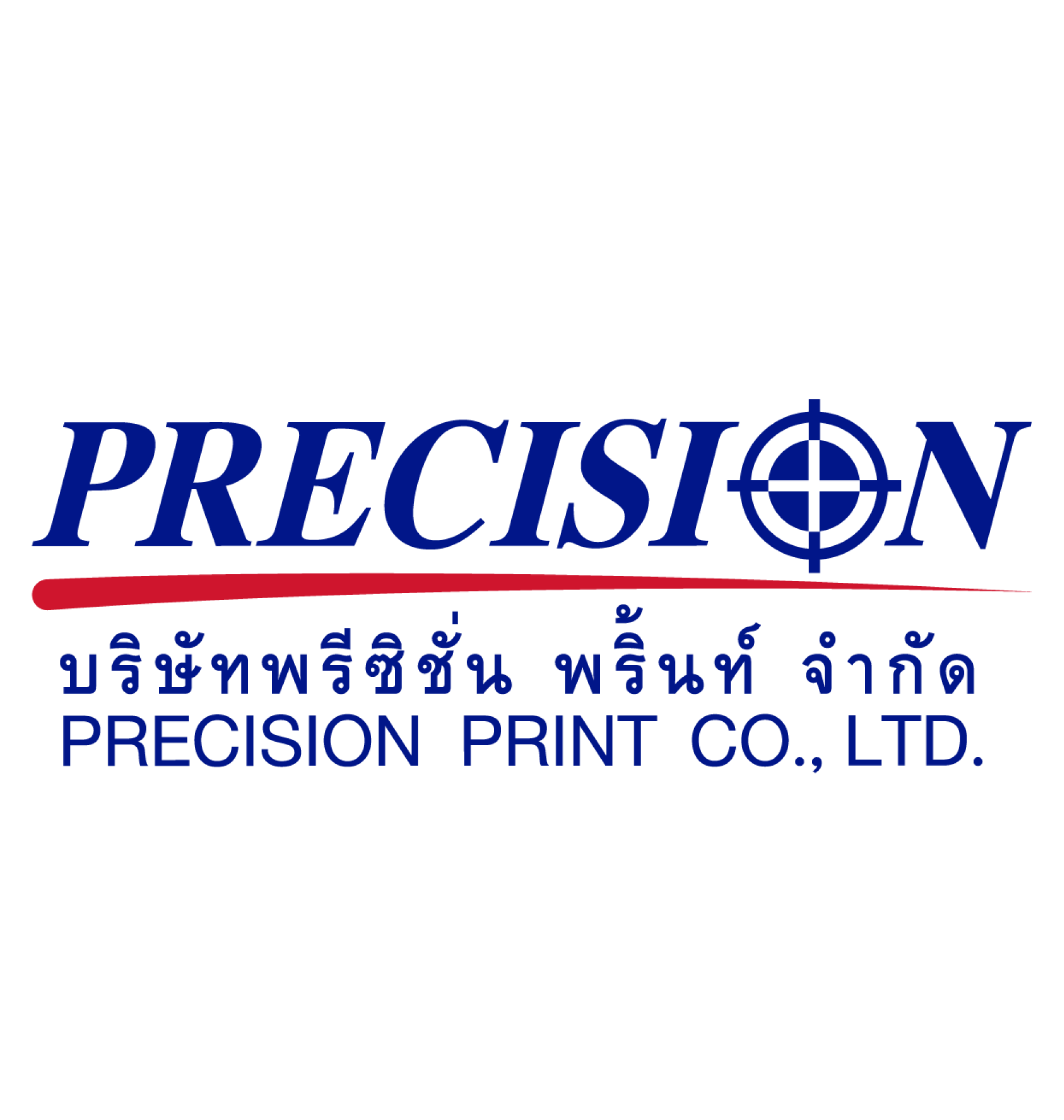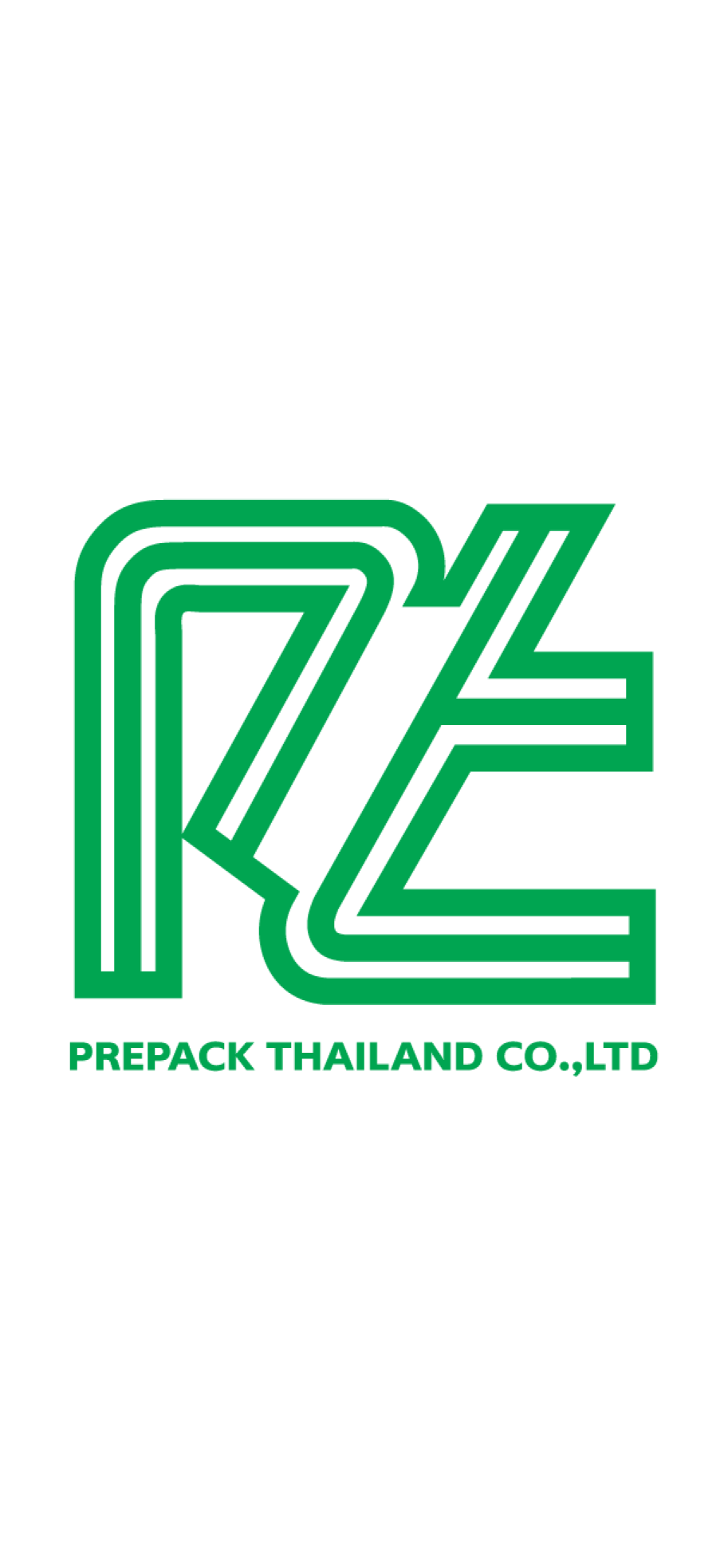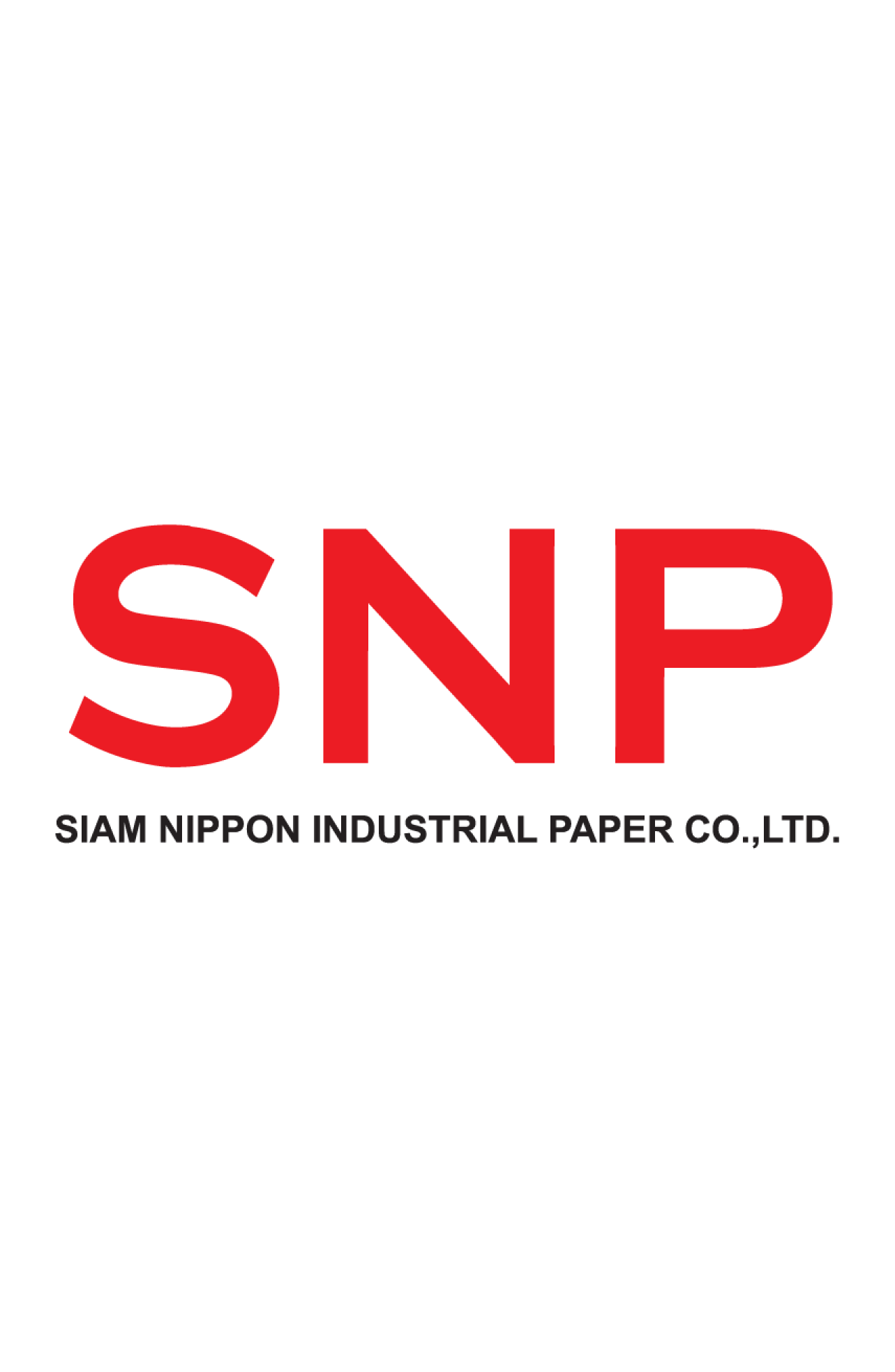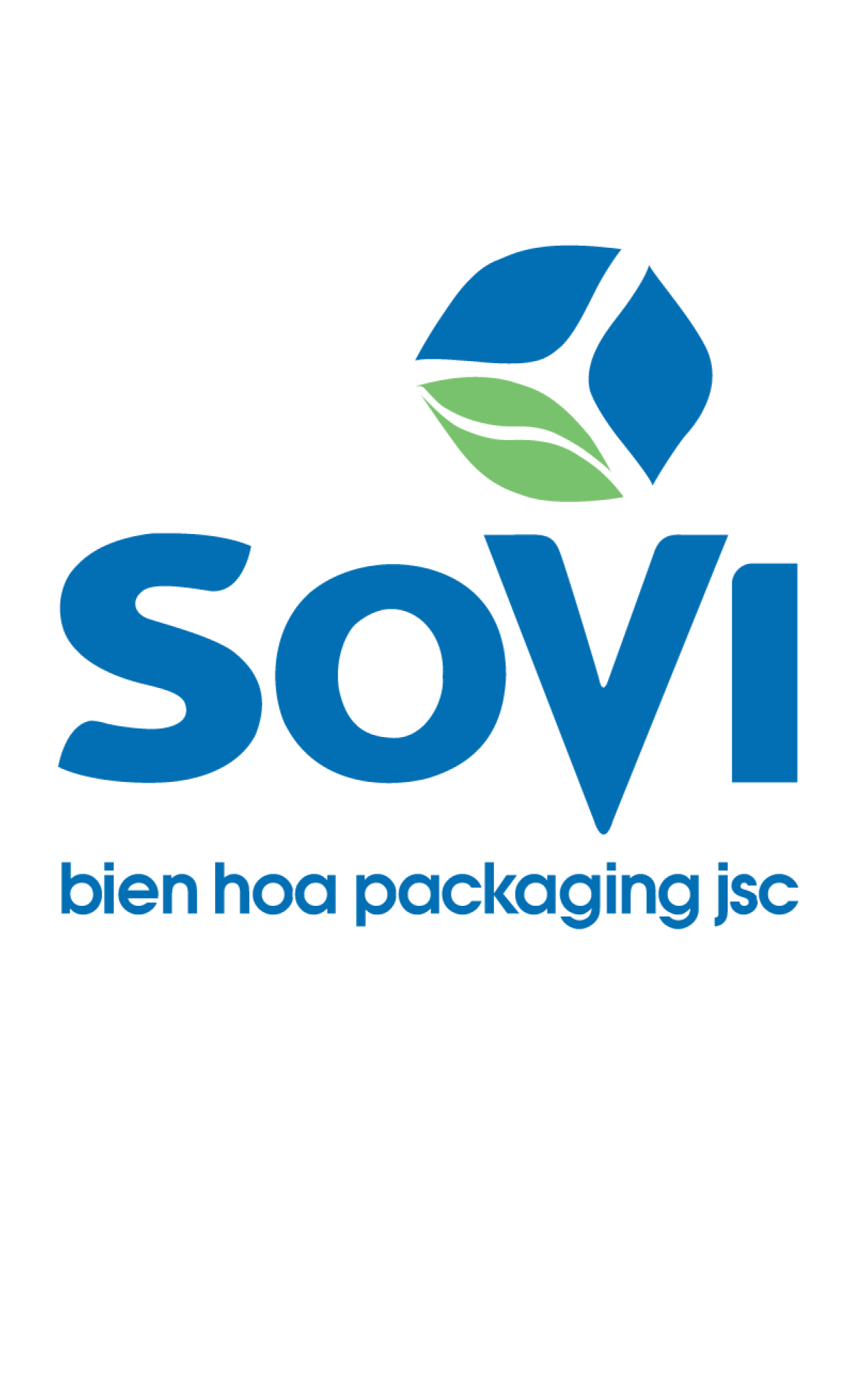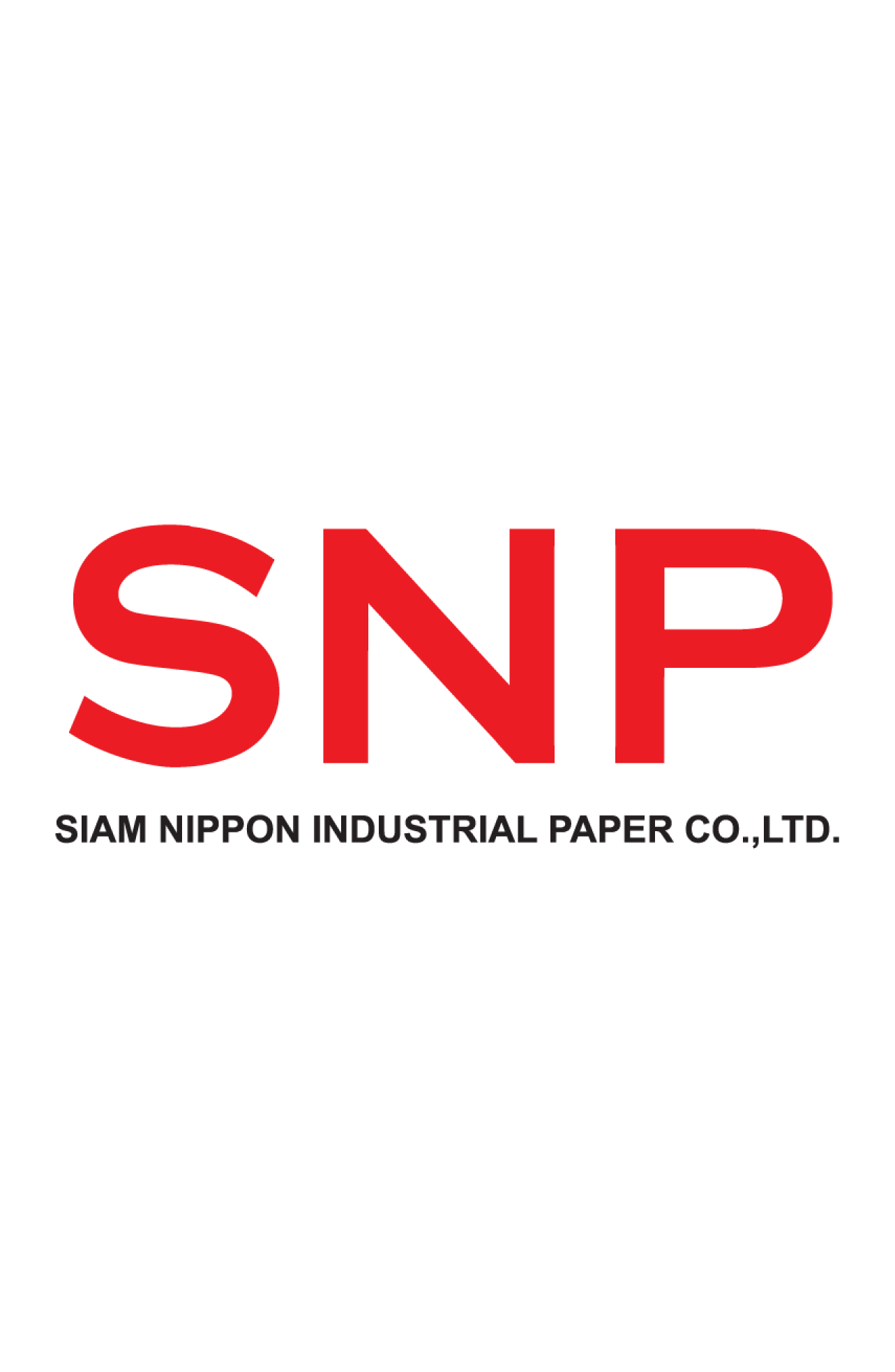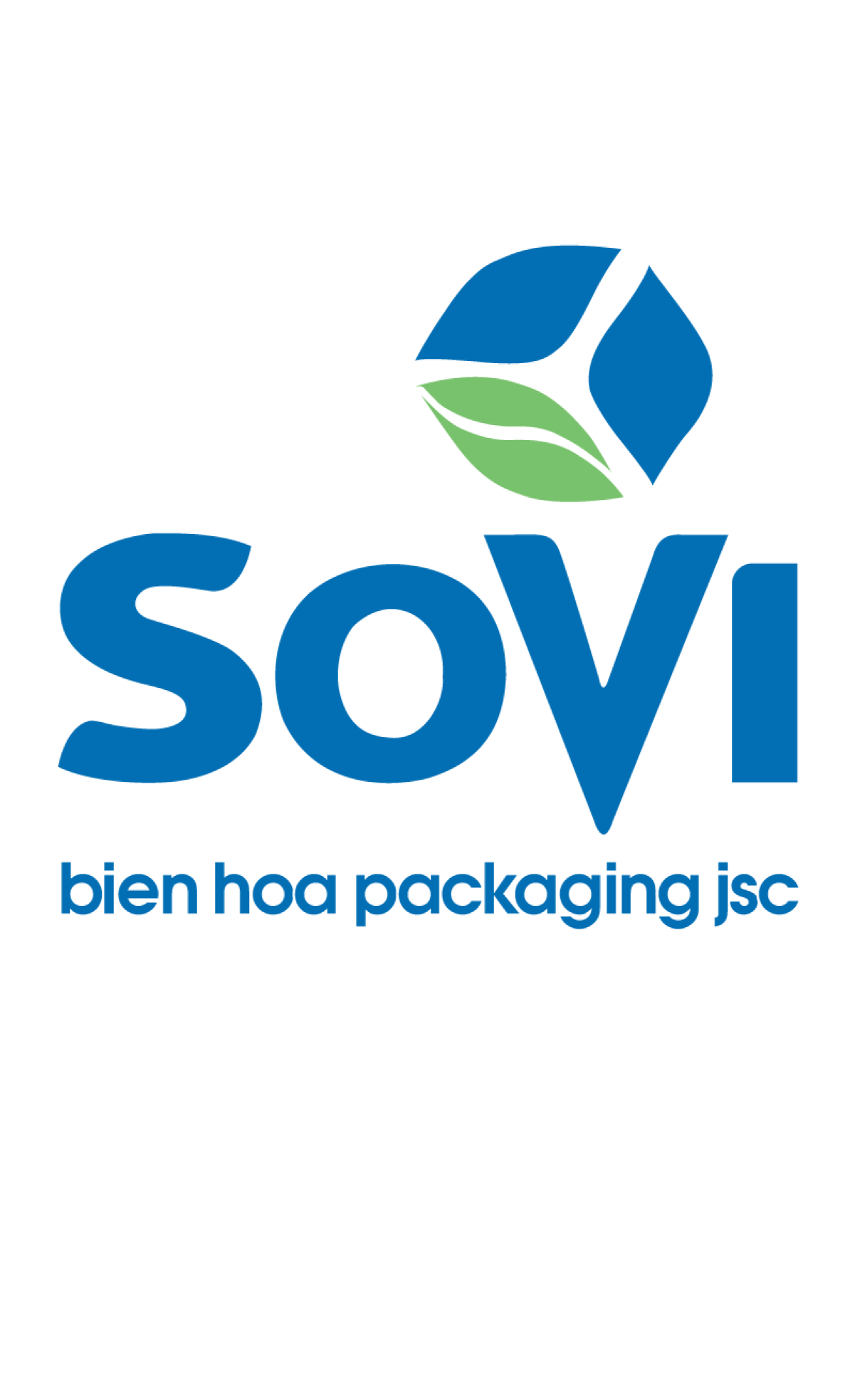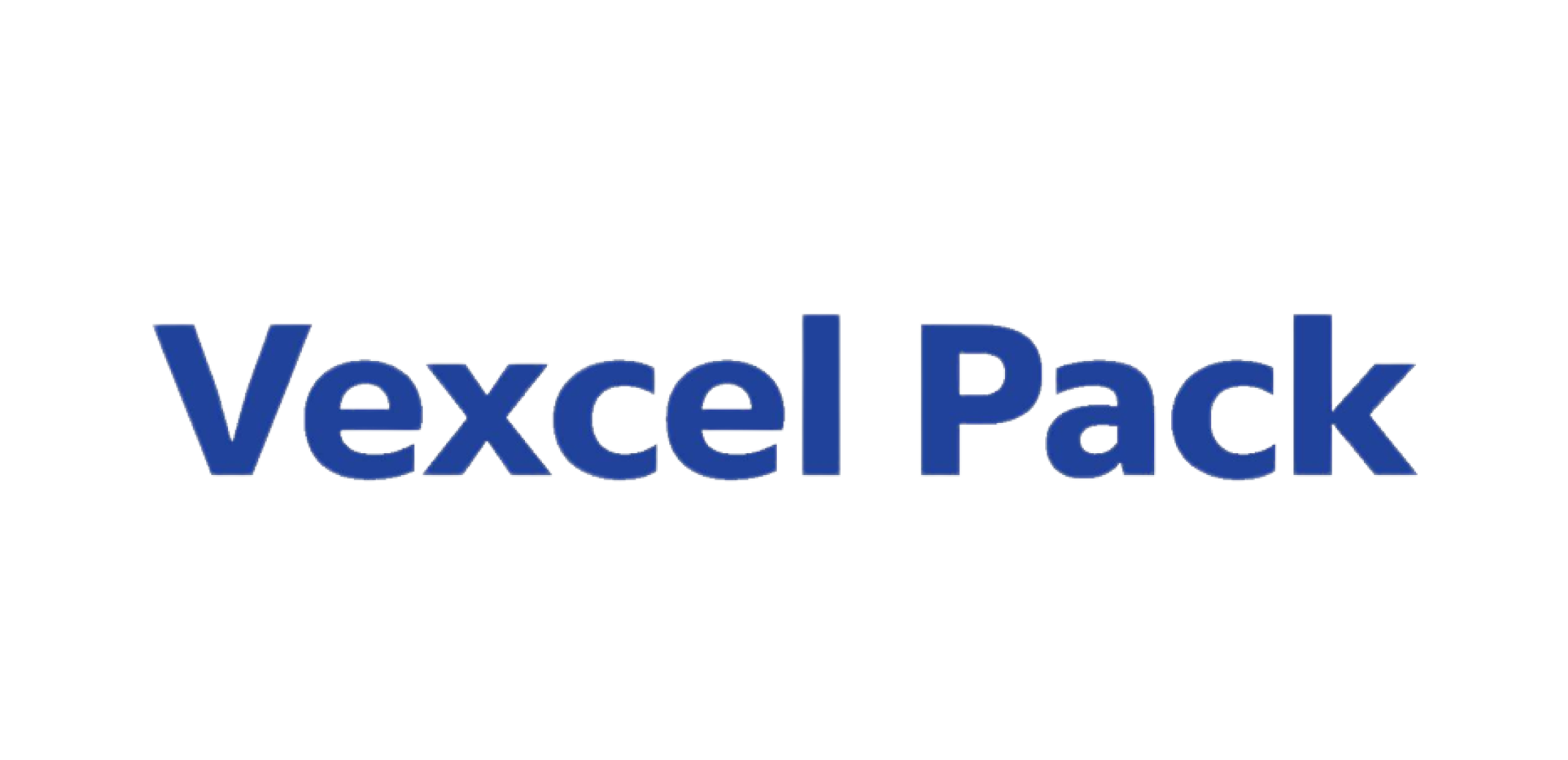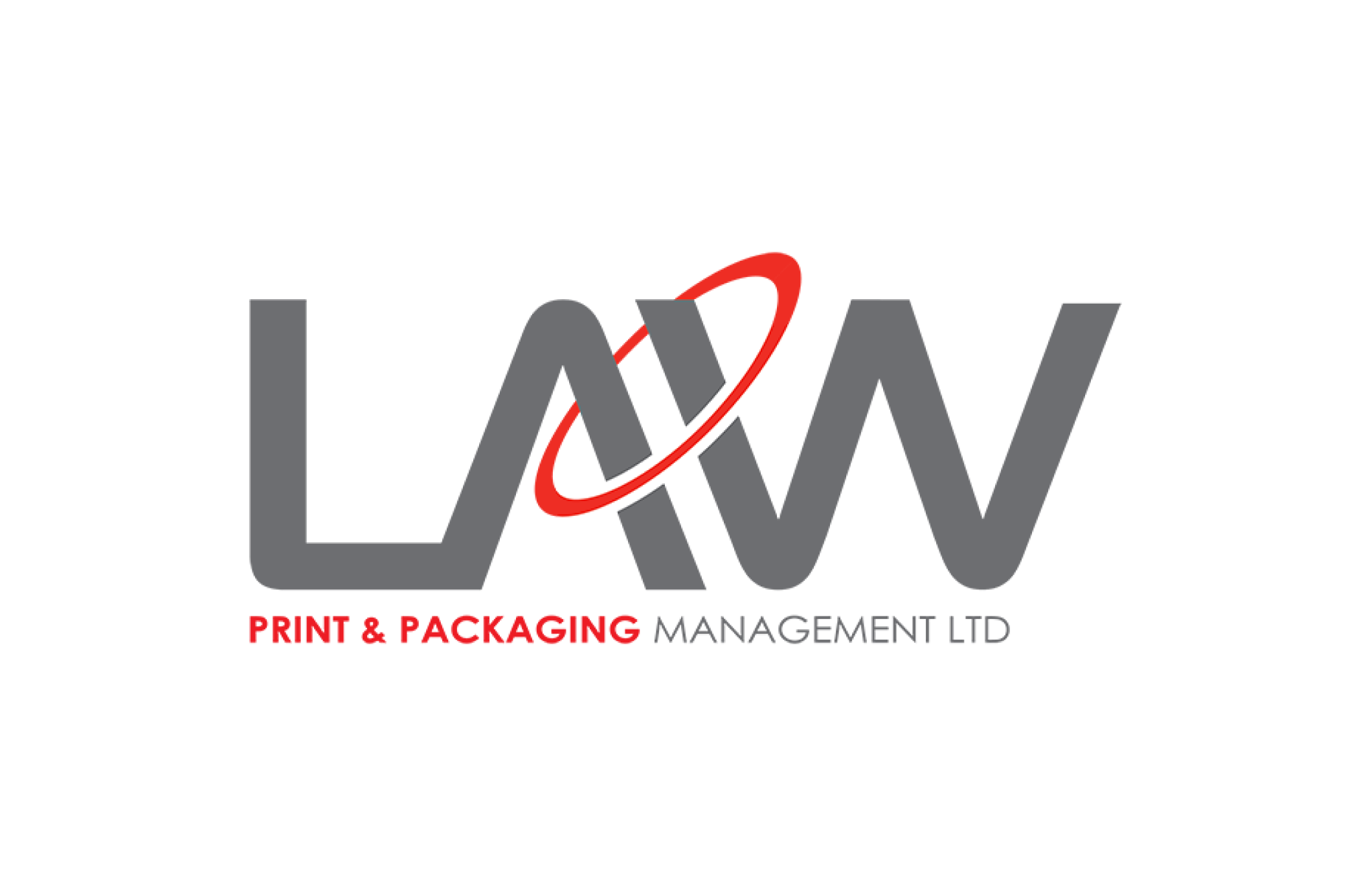BOXES BACK
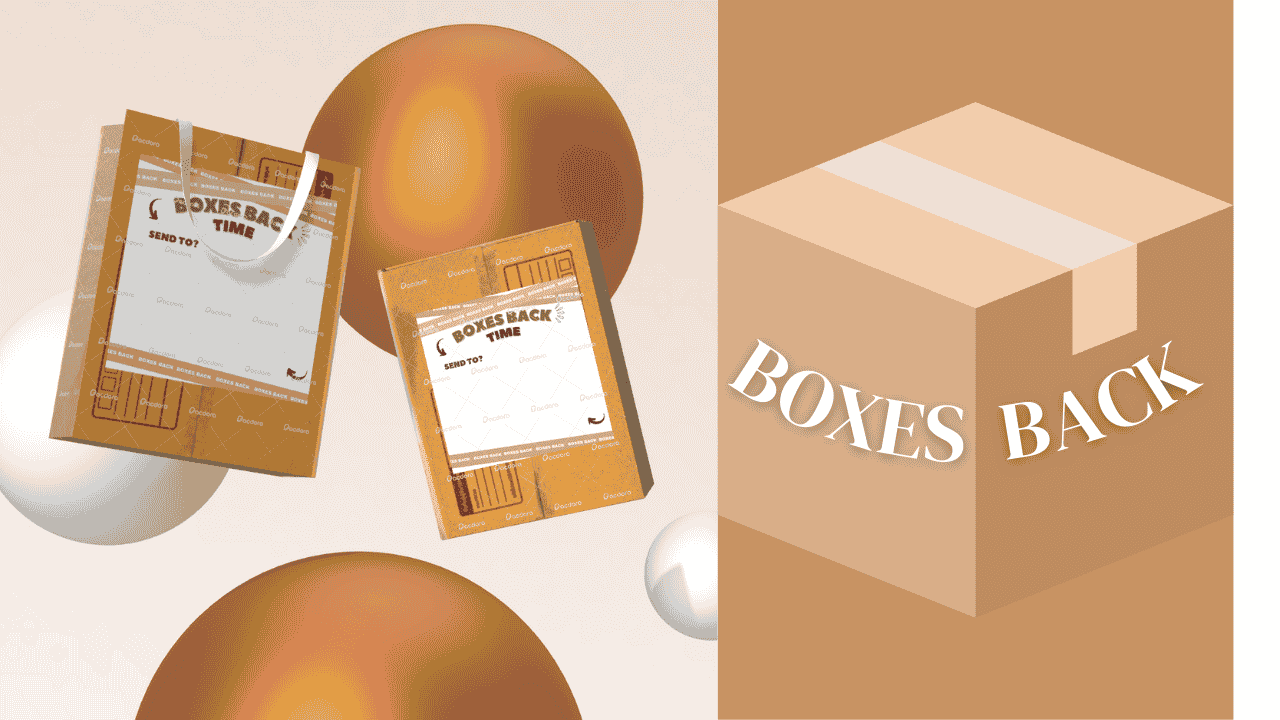
Team : ปาการาทอด 3 รส
Member
Ms ภิรญา วรเวชปรีชา
Ms ลักษิกา เรืองศรี
Ms ณภัทร จันทร์ขุนทศ
Market Situation
The e-commerce market has experienced rapid growth in recent years, especially in regions such as Asia, Europe, and North America. The expansion of online businesses covering a wide range of products clothing, electronics, consumer goods, and luxury items has increased the demand for packaging, particularly cardboard boxes, which are the primary material for online product shipments. Cardboard is favored for its ease of production, affordability, and ability to protect products from damage effectively.
In fast-growing e-commerce markets such as the U.S., China, and Southeast Asia, large enterprises have expanded their online businesses to multiple countries, driving up the volume of shipments. This has significantly increased the demand for cardboard packaging across many areas worldwide.
As e-commerce continues to grow, the increased use of cardboard boxes has led to greater resource consumption. Cardboard production requires raw materials from forests, leading to increased deforestation. Moreover, the production process consumes large amounts of water and energy, posing significant environmental challenges.
Currently, consumers and governments in many countries are placing greater emphasis on sustainability. Businesses are being pushed to adopt more environmentally friendly packaging solutions.
PESTE Analysis
Political (P)
Environmental policies, trade regulations, and labor laws play a critical role in the growth and direction of the cardboard packaging market. Governments in many countries are pushing for policies that encourage the use of sustainable packaging and restrict the use of resources that harm the environment. Manufacturers who quickly adapt to these policies will gain a competitive edge, while e-commerce businesses must also respond to shifting regulations and consumer demands.
Economic (E)
• Supply and Demand:The demand for packaging materials is linked to the growth of the e-commerce industry. As online transactions increase, so does the demand for cardboard boxes, offering packaging businesses opportunities to expand and increase profits.
• Labor Costs:Changes in labor costs affect the price of packaging products. Rising wages in certain countries may increase production costs, potentially impacting product prices or business profitability.
Social (S)
• Environmental Awareness and Sustainable Consumption:** In recent years, environmental awareness has increased, especially in Thailand, driving consumers to choose eco-friendly products and support socially responsible brands. The “Go Green” and “Zero Waste” movements are encouraging consumers to opt for recyclable or reusable packaging, such as cardboard, instead of plastic.
• Shifts in Online Shopping Behavior: The growth of e-commerce in Thailand has shifted consumer behavior from in-store shopping to online purchasing, leading to increased demand for cardboard packaging for product shipments.
Technological (T)
• Environmentally Friendly Manufacturing Technology:The use of technologies that reduce resource and energy consumption in production processes—such as efficient machinery and recycling—helps minimize environmental impact and meet market demands for sustainability.
• Development of New Materials and Technologies:Digital technologies in logistics and packaging innovation are improving the efficiency of production and packaging management, reducing environmental impact, and supporting the growth of the e-commerce market in Thailand.
Environmental (E)
• Recycling Promotion:Regulations related to recycling and waste management, such as laws on waste disposal and recycling, encourage e-commerce businesses and packaging manufacturers to adopt recycled materials or biodegradable packaging solutions.
• Circular Economy:Implementing circular economy principles, which focus on the efficient use of resources and recycling, helps reduce waste and enhance business sustainability.
Brand Development Goals
• Short-term (1-6 months):Promote recycling and reduce plastic use while increasing consumer convenience.
• Medium-term (6-12 months):Add value to products, build an eco-friendly brand, and introduce new innovations.
• Long-term (12-24 months):Reduce environmental impact and enhance customer experience.
Consumer Analysis
Customers often face challenges in managing packaging and waste, such as high packaging costs and difficulties in handling disposable materials or recyclable materials that require specific processes for reuse. There is a growing demand for more eco-friendly packaging solutions to reduce environmental impact and waste management costs.
Key Insights
• "Too many boxes in the room after ordering items."
• "Reluctant to craft recycled items."
• "Hard to throw away boxes; they take up space."
• "Received boxes can't be reused easily."
• "Too lazy to cut boxes for disposal."
• "Difficult to carry boxes to recycling centers."
Target Audience (B2C)
Primary Target Group
• Demographics : Generation Y (aged 25-40), with incomes of 35,000 THB or higher.
• Behavior : Frequently shop online but dislike throwing away boxes. Prefer finding ways to reuse packaging for environmental reasons.
• Attitudes : Interested in waste reduction, recycling, and supporting eco-friendly products.
• Key Insight : This group seeks options to reduce resource consumption and often looks for ways to recycle or repurpose packaging received from online purchases. They support brands using eco-friendly materials or those offering return and recycling services for packaging.
Secondary Target Group
• Demographics : Generation Z (aged 18-25), early career or students.
• Behavior : Frequently shop online, prioritizing convenience and speed, while also being aware of waste issues.
• Attitudes : Interested in sustainability and likely to support brands using environmentally friendly packaging.
• Key Insight : Gen Z is environmentally conscious and values brands that take responsibility for their environmental impact. They are inclined to support businesses that use recyclable or reusable packaging.
Target Audience (B2B)
• Business Types : Small to medium-sized online businesses and retail shops, such as consumer goods, fashion, and home goods stores.
• Challenges : Finding cost-effective, eco-friendly packaging that meets customer expectations for social and environmental responsibility.
• Solution : Offer sustainable packaging options that can be reused or recycled, reducing long-term costs and aligning with businesses' environmental conservation goals.
Packaging Design
A cardboard box that can be converted into a bag. Initially used for product shipment, it can be easily transformed into a reusable bag once the recipient receives their item.
KPI
1. Reuse Rate:Percentage of boxes reused within six months (target : 60%).
2. Market Recognition and Acceptance:Customer satisfaction score regarding cardboard packaging (target : 4.5/5).
3. Waste Reduction : Decrease in packaging waste (target : 30% reduction within one year).
4. Product Sales Growth : Increase in sales of reusable cardboard boxes (target : 20% growth within six months).
5. Customer Satisfaction : User satisfaction with the packaging (target : a score of 4 or higher out of 5).
Reduced
Reduce packaging waste by minimizing empty boxes.
Reuse
Extend the lifespan by using multiple times.
Recycle
Transform into a new product.

